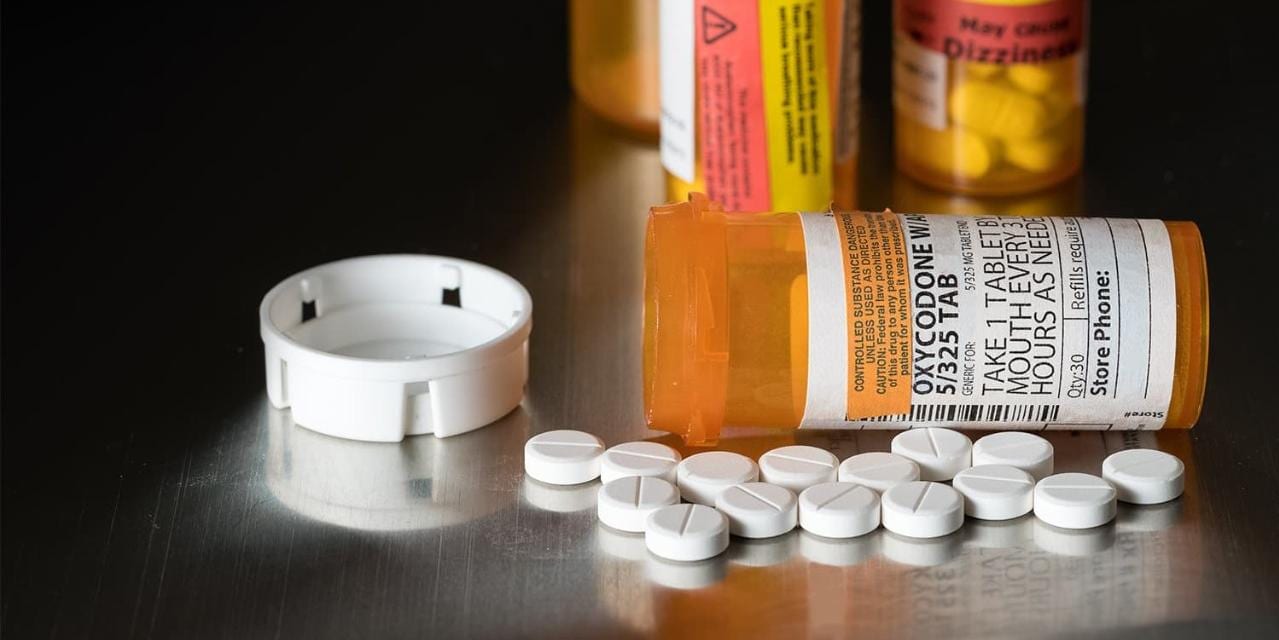
Government Health Care Solutions
Using SAS Analytics to Combat Substance Use Disorder and the Opioid Crisis
Identify high-risk populations and develop effective response solutions for your community.
Combat Substance Use Disorder and the Opioid Epidemic With SAS Analytics
As substance use disorders and the opioid crisis escalate, communities face increasing challenges. These include mitigating risk, preventing addiction, and effectively monitoring treatment program success and availability.
Key Facts & Figures: The Impact of Substance Use Disorder & Opioids
108,000
Americans lost to overdoses in 2021
2x
Veterans are twice as likely to die from an accidental overdose
<10%
Incarcerated citizens who have access to treatment and recovery services
Empowering Communities: How SAS Analytics Confronts Substance Use Disorders and the Opioid Crisis
SAS Viya uses predictive models that identify overdose risks associated with substance use disorders and opioids. Our cross-sector data sharing provides greater situational awareness, enabling your community to develop targeted response solutions.
Opioid Settlement Grant Fund & Outcome Management Solution
- Help organizations prioritize spending by applying prediction models and identifying factors that contribute to better outcomes.
- Forecast impact of interventions to improved outcomes in a community.
- Establish baseline metrics for outcome measurements to evaluate the effectiveness of interventions over time.
- Provide reports and visualizations for public transparency demonstrating how funds are being spent to bolster the public health and public safety response to substance use disorders to save lives.
Behavioral Health Treatment Analytics
- Proactively identify those in greatest need of behavioral health services, including both substance use disorder (SUD) and mental health care.
- Continuously monitor program performance and outcomes for on-going quality improvement.
- Use population health analysis to understand overall community needs, as well as contextual factors that can become barriers to care.
- Integrate health and non-health data to understand and predict individual and community SUD needs.
Public Health Predictive Analytics & Syndrome Surveillance
- Visualize a population-level view of the impact of substance use disorders on individuals and communities.
- Leverage predictive analytics and syndromic surveillance to anticipate the progression of the opioid epidemic.
- Integrate social, demographic, and economic factors influencing vulnerability to addiction.
- Use data and analytics to drive funding allocation and track the success of key initiatives.
Supervised Population Opioid Use Disorder Medication Assisted Treatment Analytics
- Utilize data and analytics to address the needs of persons with Opioid Use Disorder (OUD) who are involved in the criminal justice system through evidence-based programs and strategies.
- Provide data-driven visualizations into Medication Assisted Treatment (MAT) program effectiveness for incarcerated individuals with OUD.
- Evaluate the impact of MAT programs and policies by identifying gaps, improving outcomes, and reducing recidivism.
- Support evidence-based treatment programs and reentry services for persons with OUD within and transitioning out of the criminal justice system.
Public Safety Integrated Drug Awareness & Harm Reduction
- Integrate and visualize public safety and public health data to understand suspected opioid overdoses statewide.
- Surface illicit distribution of pharmaceutical and illicit drugs and support investigations to arrest and prosecute perpetrators.
- Leverage data to identify communities and specific demographics which are most impacted by drugs to more precisely and timely deploy treatment services.
- Support treatment utilizing data and analytics to identify individuals most at risk for an opioid overdose and prioritize them for treatment.
Analytics: A must-have tool for leading the fight on prescription and illicit drug addiction
State and local law enforcement and health agencies are on the front lines of this epidemic and rely on data to make life-saving decisions.
Explore More on Substance Use Disorder Analytics
Recommended Offerings for Substance Use Disorder Analytics
- SAS® Visual Analyticsค้นพบและสำรวจความสัมพันธ์ในข้อมูล และแบ่งปันข้อมูลเชิงลึก
- SAS® Visual Investigatorตอบสนองความต้องการด้านการวิเคราะห์ข้อมูลและการจัดการการสืบสวนอย่างกว้างขวางด้วยความเร็วและความแม่นยำ
- SAS® Viya®รับประโยชน์จากการผสานรวมข้อมูลที่รวดเร็วขึ้น การพัฒนาโมเดลที่มีประสิทธิภาพ และต้นทุนด้านคลาวด์ที่ลดลง

